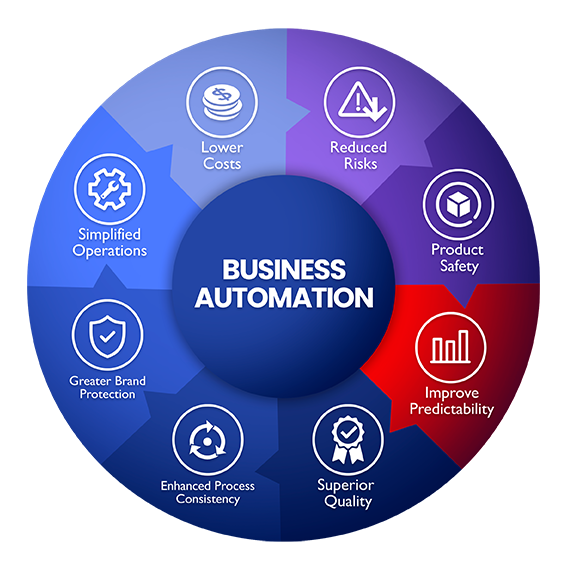The main difference between R and Python is data analysis goals.

The main distinction between the two languages is in their approach to data science.
Both open-source programming languages are supported by large communities, continuously extending their libraries and tools. But while R is mainly used for statistical analysis, Python provides a more general approach to data wrangling.
Python is a multi-purpose language, much like C++ and Java, with a readable syntax that’s easy to learn. Programmers use Python to delve into data analysis or use machine learning in scalable production environments. For example, you might use Python to build face recognition into your mobile API or for developing a machine learning application.
R, on the other hand, is built by statisticians and leans heavily into statistical models and specialized analytics.
Data scientists use R for deep statistical analysis, supported by just a few lines of code and beautiful data visualizations. For example, you might use R for customer behavior analysis or genomics research.
Other key differences
Data collection:
Python supports all kinds of data formats, from comma-separated value (CSV) files to JSON sourced from the web. You can also import SQL tables directly into your Python code. For web development, the Python requests library lets you easily grab data from the web for building datasets. In contrast, R is designed for data analysts to import data from Excel, CSV, and text files. Files built in Minitab or SPSS format can also be turned into R data frames. While Python is more versatile for pulling data from the web, modern R packages like Rvest are designed for basic web scraping.
Data exploration:
In Python, you can explore data with Pandas, the data analysis library for Python. You’re able to filter, sort, and display data in a matter of seconds. R, on the other hand, is optimized for statistical analysis of large datasets, and it offers several different options for exploring data. With R, you’re able to build probability distributions, apply different statistical tests, and use standard machine learning and data mining techniques.
Data modeling:
Python has standard libraries for data modeling, including Numpy for numerical modeling analysis, SciPy for scientific computing and calculations, and Scikit-learn for machine learning algorithms. For specific modeling analysis in R, you’ll sometimes have to rely on packages outside of R’s core functionality. The specific set of packages known as the tidyverse makes it easy to import, manipulate, visualize, and report on data.
Data visualization:
While visualization is not a strength in Python, you can use the Matplotlib library for generating basic graphs and charts. Plus, the Seaborn library allows you to draw more attractive and informative statistical graphics in Python. However, R was built to demonstrate the results of statistical analysis, with the base graphics module allowing you to easily create basic charts and plots. You can also use ggplot2 for more advanced plots, such as complex scatter plots with regression lines.
Python vs. R: Which is right for you?
Choosing the right language depends on your situation. Here are some things to consider:
Do you have programming experience? Thanks to its easy-to-read syntax, Python has a learning curve that’s linear and smooth. It’s considered a good language for beginning programmers. With R, novices can run data analysis tasks within minutes. However the complexity of advanced functionality in R makes it more difficult to develop expertise.
What do your colleagues use? R is a statistical tool used by academics, engineers, and scientists without any programming skills. Python is a production-ready language used in a wide range of industry, research, and engineering workflows.
What problems are you trying to solve? R programming is better suited for statistical learning, with unmatched libraries for data exploration and experimentation. Python is a better choice for machine learning and large-scale applications, especially for data analysis within web applications.
How important are charts and graphs?
R applications are ideal for visualizing your data in beautiful graphics. In contrast, Python applications are easier to integrate in an engineering environment.
Note that many tools, such as Microsoft Machine Learning Server, support both R and Python. That’s why most organizations use a combination of both languages, and the R vs. Python debate is all for naught. You might conduct early-stage data analysis and exploration in R and then switch to Python when it’s time to ship some data products.
Learn more about Python and R.
For computer science purists, Python stands out as the right programming language for data science every time. Meanwhile, R has its champions. See for yourself on development communities like Stack Overflow. To learn more about the possibilities for data analysis via Python and R, consider exploring the following Learn Hub articles. Checking out the languages of data science tutorials on the IBM Developer Hub is also recommended.






